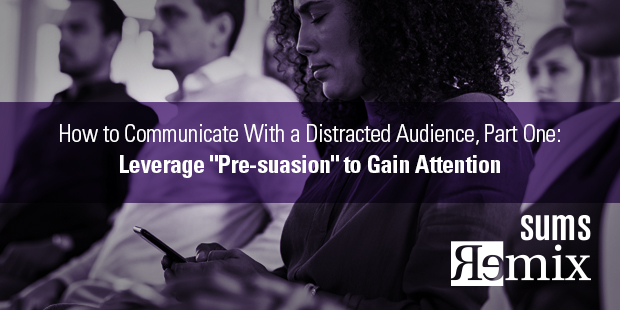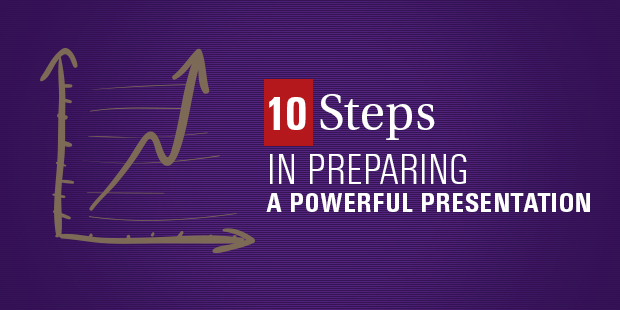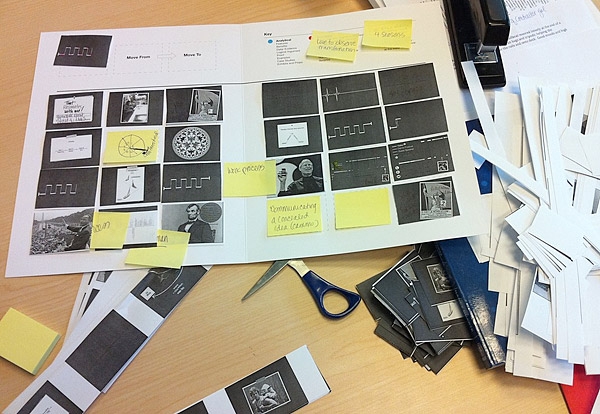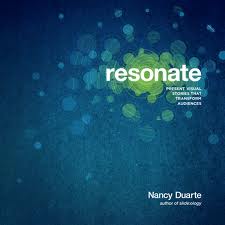
How to Communicate With a Distracted Audience, Part One: Leverage “Pre-suasion” to Gain Attention
Do you think people care about what you have to say? The truth is that the average person doesn’t know you. It’s not that you’re not likable or smart; it’s just a matter of survival for people in today’s world. There is simply too much out there and not enough time to take it all in.
These words by communications expert Kem Meyer succinctly point out the dilemma for communicators today: for many people, the last thing they are looking for is unsolicited information, or someone to tell them to change their ways.
And yet many, if not most, of the sermons preached by pastors attempt to do just that.
However, many people will take the time to read or listen to something that reinforces an opinion they already have or speaks to a real need in their lives. If they are not looking for it, they won’t hear it. But, if you take the time to learn what they’re looking for, you can get in on a conversation already in progress in their minds.
How then, can a leader understand their audience in such a way to make their message more receptive? How can you connect, communicate, and influence your audience toward life-long transformation?
THE QUICK SUMMARY – Pre-Suasion: A Revolutionary Way to Influence and Persuade by Robert Cialdini
The acclaimed New York Times and Wall Street Journal bestseller from Robert Cialdini – “the foremost expert on effective persuasion” (Harvard Business Review) – explains how it’s not necessarily the message itself that changes minds, but the key moment before you deliver that message.
What separates effective communicators from truly successful persuaders? With the same rigorous scientific research and accessibility that made his Influence an iconic bestseller, Robert Cialdini explains how to prepare people to be receptive to a message before they experience it. Optimal persuasion is achieved only through optimal pre-suasion. In other words, to change “minds” a pre-suader must also change “states of mind.”
Named a “Best Business Books of 2016” by the Financial Times, and “compelling” by The Wall Street Journal, Cialdini’s Pre-Suasion draws on his extensive experience as the most cited social psychologist of our time and explains the techniques a person should implement to become a master persuader. Altering a listener’s attitudes, beliefs, or experiences isn’t necessary, says Cialdini—all that’s required is for a communicator to redirect the audience’s focus of attention before a relevant action.
From studies on advertising imagery to treating opiate addiction, from the annual letters of Berkshire Hathaway to the annals of history, Cialdini outlines the specific techniques you can use on online marketing campaigns and even effective wartime propaganda. He illustrates how the artful diversion of attention leads to successful pre-suasion and gets your targeted audience primed and ready to say, “Yes.” His book is “an essential tool for anyone serious about science based business strategies…and is destined to be an instant classic.
A SIMPLE SOLUTION
Even the most well-planned communication opportunity often achieves lackluster results without the audience listening (and hopefully acting on your suggestions).
But what if the audience can be warmed up to your message before they even see it?
The best persuaders become the best through pre-suasion – the process of arranging for recipients to be receptive to a message before they encounter it.
Pre-suasion, a word coined by Robert Cialdini, is the process of gaining agreement with a message before it’s been sent. Although that may seem like some form of magic, it’s not. It’s established science.
That key moment is the one that allows a communicator to create a state of mind in recipients that is consistent with the forthcoming message. It’s the moment in which we can arrange for others to be attuned to our message before they encounter it. That step is crucial for maximizing desired change.
The answer involves an essential but poorly appreciated tenant of all communication: what we present first changes the way people experience what we present to them next.
The truly influential things we say and do first act to pre-suade our audiences, which then alters audience members’ associations with what we say or do next.
All told, there are any of a number of first steps besides establishing trust persuaders can take that will make audiences more redemptive to the case they intend to present.
The steps can take multiple forms, and, accordingly, they’ve been given multiple labels by behavioral scientists. They can be called frames or anchors or primes or mindsets or first impressions. I’m going to refer to them as openers – because they open up things for influence in two ways.
First, they simply initiate the process: they provide the starting points, the beginnings of persuasive appeals. But it is in their second function that they clear the way to persuasion, by removing existing barriers.
It’s because of the only-temporary receptiveness that pre-suasive actions often produce in others that I’ve introduced the concept of privileged moments.
The meaning of the word privileged is straightforward referring to special, elevated status. The word moment, though, is more complex, as it evokes a pair of meanings. One connotes a time-limited period: in this case, the window of opportunity following a pre-suasive opener, when a proposal’s power is greatest. The other connotation comes from physics and refers to a unique leveraging force that can bring about unprecedented movement. These yoke dimensions, temporal on the one hand and physical on the other, have the capacity to instigate extraordinary change in a yet third, psychological, dimension.
Robert Cialdini, Pre-Suasion: A Revolutionary Way to Influence and Persuade
A NEXT STEP
Author Robert Cialdini believes that altering a listener’s attitudes, beliefs, or experiences isn’t necessary. All that’s required is to alter the audience’s focus of attention just before requesting a relevant action.
The factor most likely to determine a person’s choice in a situation is often not the one that offers the most accurate or useful counsel; instead, it is the one that has been elevated in attention (and thereby in privilege) at the moment of decision.
“Privileged moments” are identifiable points in time when an individual is particularly receptive to a communicator’s message.
The artful channeling of attention leads to potent pre-suasion and positive outcomes.
In his earlier work, Influence, Cialdini argued that there are six concepts that empower the major principles of human social influence. Understanding and practicing these concepts will help you “pre-suade” your audience.
Reciprocation – People say yes to those they owe. Those “freebies” given away in stores? Studies show they can increase the likelihood of purchase by over 40%. Requesters who hope to commission the pre-suasive force of the rule for reciprocation have to do something that appears daring: they have to take a chance and give first. The “gift” should be meaningful, unexpected, and customized.
Liking – It may seem so common sense, but it is true: people say yes to those who they like. Two specific ways to create positive attention get the most attention: highlight similarities and provide compliments.
Social Proof – People think it is appropriate for them to believe, feel, or do something to the extent that others, especially comparable others, are believing, feeling, or doing it. Two components of that perceived appropriateness – validity and feasibility – can drive change.
Authority – When a legitimate expert on a topic speaks, people are usually persuaded. Sometimes, information becomes persuasive only because an authority is its source. This is especially true when the recipient is uncertain of what to do.
Scarcity – We want more of what we can have less of. Our aversion to losing something of value is a key factor. Scarcity also raises the judged value of that item.
Consistency – Communicators who can get listeners to take a pre-suasive step, even a small one, in the direction of a particular idea or entity will increase our willingness to take a much larger, congruent step when asked.
Review each of the above concepts, along with their brief description, and commit to applying one or more of these concepts over the next two months. Examples could include: social media posts, sermons, vision casting moments, or staff meetings. At the end of two months, review the use of each to determine how effective it was in helping your audiences take a next step in their walk with Christ.
Excerpt taken from SUMS Remix 104-1, released October 2018.
This is part of a weekly series posting excerpts from one of the most innovative content sources in the church world: SUMS Remix book excerpts for church leaders.
SUMS Remix takes a practical problem in the church and looks at it with three solutions; each solution is taken from a different book. Additionally, a practical action step is included with each solution.
As a church leader you get to scan relevant books based on practical tools and solutions to real ministry problems, not just by the cover of the book. Each post will have the edition number which shows the year and what number it is in the overall sequence. (SUMS Remix provides 26 issues per year, delivered every other week to your inbox).
> > Subscribe to SUMS Remix <<

Tags: Communication, Pre-suasion, Presentations, Robert Cialdini


















